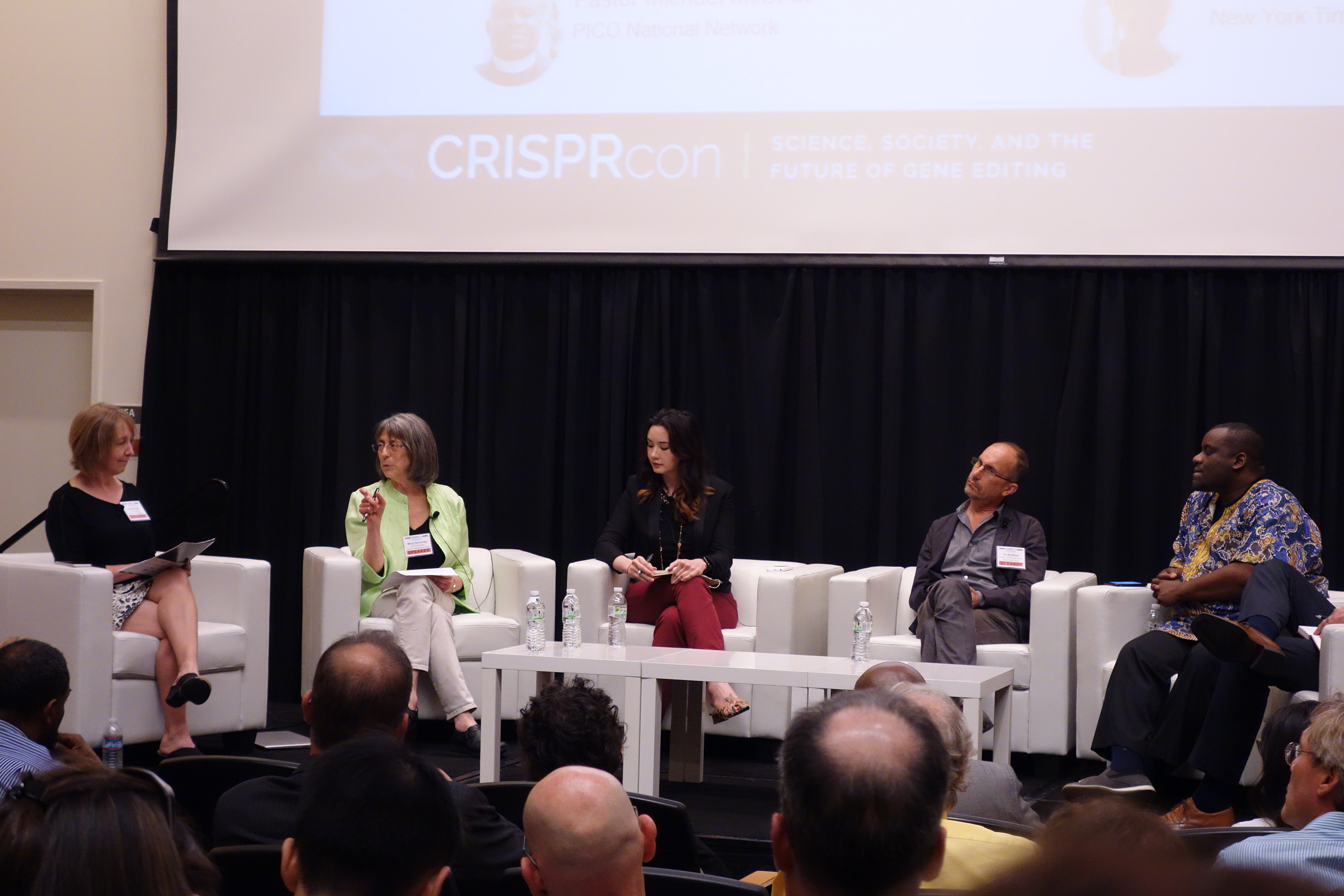CGS-authored

On August 16-17, at the University of California at Berkeley, more than 300 people gathered to explore science, society and the future of gene editing at the first CRISPRcon. Scientist, business people, farmers, regulators, conservationists and interested citizens came together to discuss their greatest hopes and fears associated with the most well-known gene editing tool, CRISPR-Cas9. Derived from a kind of bacterial “immune system,” scientists have adapted this tool to allow for precise changes at specific locations in human, plant and animal genomes (from more information on CRISPR-Cas9, how it works and how scientists may apply it, read here).
The conference was opened by Berkeley professor and co-discoverer of CRISPR, Jennifer Doudna, who noted “I’ve never seen science move at the pace it’s moving right now, which means we can’t put off these conversations.”
Unlike most gene editing conferences, this one did not focus primarily on the science itself, but rather on the thorny and sometimes uncomfortable social issues. And also unlike most conferences, it touched on a wide spectrum of CRISPR applications, from medicine, to food, to conservation...



